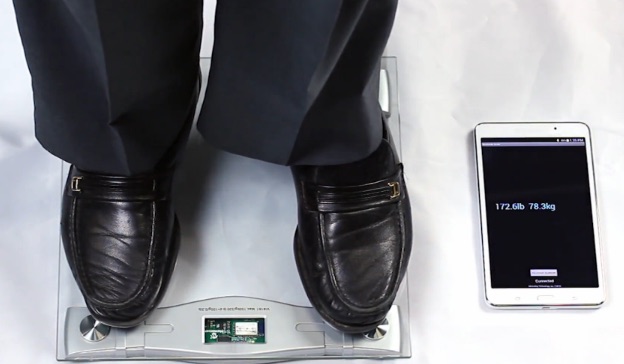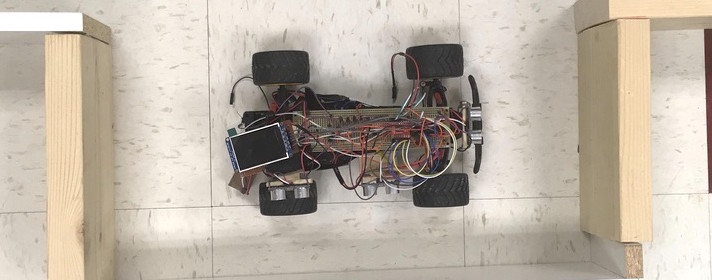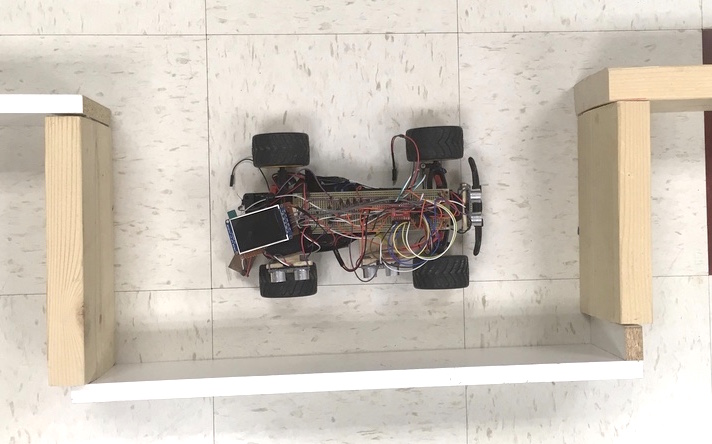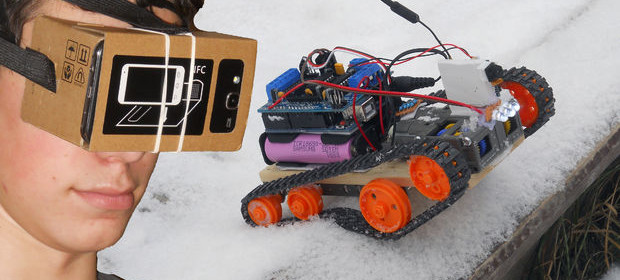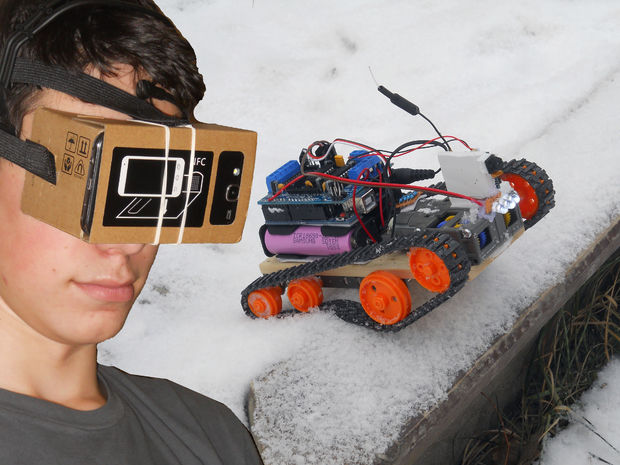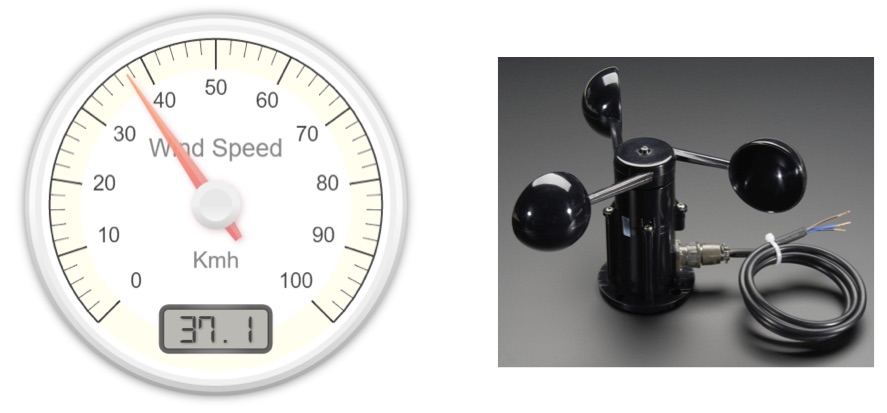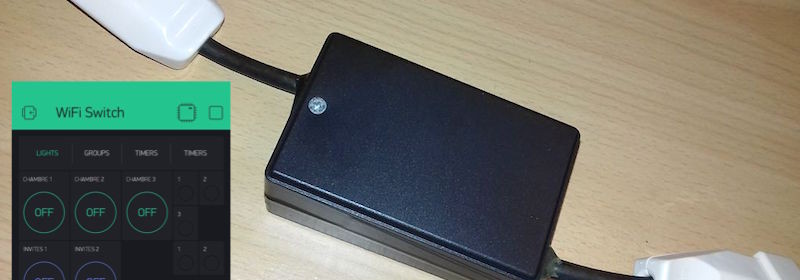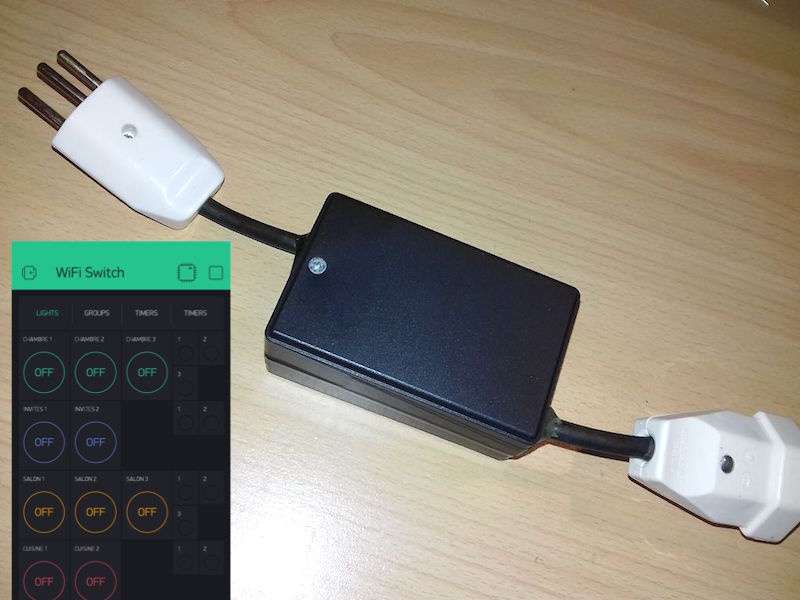Bluetooth-connected weight scale
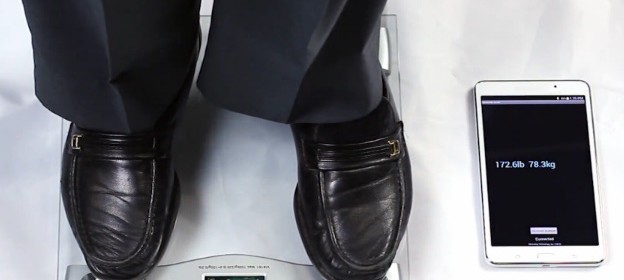
This design application note from Microchip illustrates the the implementation of a Bluetooth-connected weight scale using Microchip’s PIC16F1783 MCU and the RN42 Bluetooth module. It is powered by 2 AAA batteries and the measured weight is displayed and recorded on a smartphone or tablet.
Weight scales have been used for quite a while in homes, businesses and medical facilities. With the increase in demand for health-related information, connected weight scales can now send data to smartphones, tablets and the Cloud where it can be utilized by medical providers and other care givers. Connected weight scales are being used with other home-based consumer and medical devices to improve the health and general well-being of many people.
Microchip’s Connected Weight Scale Demonstration Board shows the implementation of a Bluetooth-connected weight scale using Microchip’s PIC16F1783 MCU and the RN42 Bluetooth module. The PIC16F1783 MCU is an eXtreme Low Power (XLP), cost-effective 8-bit microcontroller with an integrated capacitive touch sensing module, 12-bit ADC and operational amplifiers.
Connected Weight Scale Demonstration Board Highlights
- Displays instructions to user and measures weight in pounds and kilograms
- Bluetooth module is used to demonstrate smartphone/tablet connected design capability
- Low overall BOM cost due to function integration
- Low-power operation utilizing Microchip’s eXtreme Low Power PIC16F1783 MCU
- Powered by two AAA batteries
